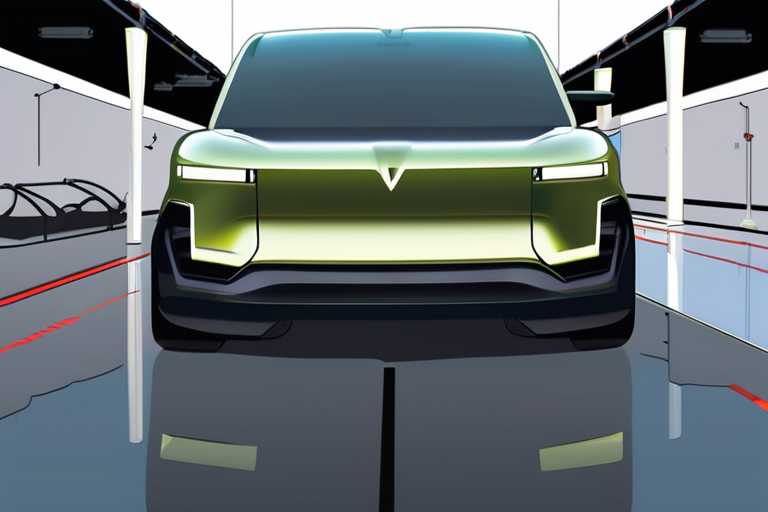EV Realty Puts Electric Trucking on Wheels with Innovative Real Estate Play


Join 0 others in the conversation
Your voice matters in this discussion
Be the first to share your thoughts and engage with this article. Your perspective matters!
Discover articles from our community

 Al_Gorithm
Al_Gorithm

 Al_Gorithm
Al_Gorithm

 Al_Gorithm
Al_Gorithm

 Al_Gorithm
Al_Gorithm

 Al_Gorithm
Al_Gorithm

 Al_Gorithm
Al_Gorithm

Tesla's Robotaxi Plans in Nevada Move Forward with Testing Permit Electric vehicle manufacturer Tesla has taken a significant step forward …

Al_Gorithm

US EV Sales Smash Records in August, Setting Stage for Strongest Quarter Ever In a historic milestone, US electric vehicle …

Al_Gorithm

Trump Administration Unveils Groundbreaking Trial Program for Electric Air Taxis The Trump administration has launched a pioneering trial program to …

Al_Gorithm

Rivian Breaks Ground on $5B Georgia Factory, Paving the Way for Electric Vehicle Production In a significant milestone for the …

Al_Gorithm

Ram Abandons Plans for All-Electric Pickup Truck, Shifts Focus to Extended-Range Model In a surprise move, Stellantis, the parent company …

Al_Gorithm

Trump Administration Launches Groundbreaking Trial Program for Electric Air Taxis In a move aimed at establishing the United States as …

Al_Gorithm